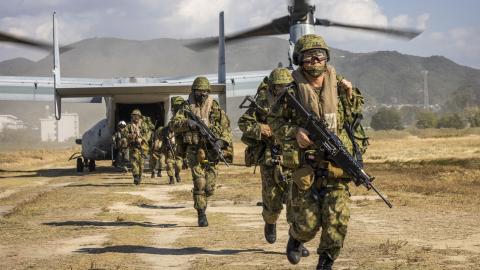There have been growing calls in Washington foreign-policy circles for a “pivot to Asia,” a strategic shift of American military, diplomatic and economic resources away from other parts of the world and toward the Indo-Pacific. With China as the main US adversary, the case for the pivot is obvious enough. But it’s a move that comes with costly trade-offs. The US is a global power and has global interests. A pivot can work only if America’s allies tend to those interests in its absence.
Advocates of a pivot have hoped to shift focus to the Indo-Pacific while US allies pick up the slack in Europe. Over the past year, many European states have responded appropriately to Russia’s belligerence. Eight North Atlantic Treaty Organization allies are contributing a greater share of their gross domestic products to Ukraine than the US is. The British and the Eastern Europeans have especially distinguished themselves.
There are laggards, however, the major one being Germany. There was a brief moment of hope in February, when Chancellor Olaf Scholz announced that Germany “will now—year after year—invest more than 2% of our gross domestic product in our defence.” But since then Germany has fallen back into old habits. Mr. Scholz’s spokesman offered only a “cautious expectation” last week that Germany will hit its defense spending target by 2025. The buildup is kaput.

















